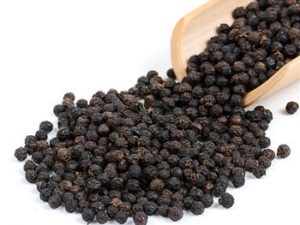1. Product information
Sesame has been cultivated for a long time and is thought to have originated from Africa (Ram et al., 1990), in tropical Asia, widely cultivated for its fruit. Collect trees in June-August. Cut the whole tree, dry, beat the seeds, then dry again. When used, map carefully, dry the yellow stars. Also squeeze sesame oil.
In Vietnam: Mekong Delta area of sesame is tending to increase rapidly due to the effect of crop restructuring in some localities. In An Giang, Can Tho, Dong Thap and Long An, it is estimated that there are nearly 7000 ha of sesame, accounting for 17% of the national sesame area, of which Dong Thap and An Giang are the two provinces with the highest average productivity of 1.2 – 1.4 tons/ ha.
There are four main types of sesame: black sesame, white sesame, brown sesame, red sesame. In addition, sesame is classified as unsealed sesame and sesame peeled.
The growth time of sesame varies from 80 to 120 days in the spring-summer season in the Red River Delta.
The top countries exporting sesame seeds are as follows: Top 5 countries supplying much sesame are: Sudan, India, Nigeria, Burma, Tanzania, in addition to other regional countries such as Bangladesh, Myanmar, Pakistan, bumar. , …
The countries importing much of sesame are: Asia – Pacific countries like China, Japan, Korea,…etc. In addition, some other continents such as Europe, Greece, Germany, Netherlands, Poland, USA, Egypt, Turkey, Iran …
2. Uses and benefits of sesame seeds:
Sesame seeds are used as human food such as raw, roasted, pressed cooking oil, used for cooking oil, confectionery, butter, magarin and medicine. .. Sesame oil is cooking oil of high quality, stability, not rancid smell.
In the world, sesame oil is used directly in cooking or eating raw with vegetables and as additives in the food industry such as sauces, pharmaceutical technology, cosmetics, pesticides …etc.
3. Nutrition ingredients of soybean:
Sesame seeds contains 40-55% yellow oil, 5-8% water, 20-22% protein, 5% ash (including 1.7 mg Cu) 1% calcium oxalate, 6.3-8, 8% of non-nitrogen substances include sesamin, sesamolin, sesamol, pedaliin planteose, sesamose.)
Sesame oil contains about 12-16% concentrated acid and 75-80% dilute acid, 0.9-1.7% unsaponified portion; about 1% lexitin. The oil contains sesamin with a ratio of about 0.25-1% and sesamol is a phenol, about 0.1%.)









